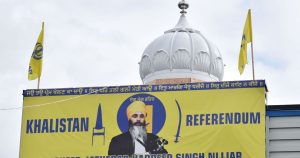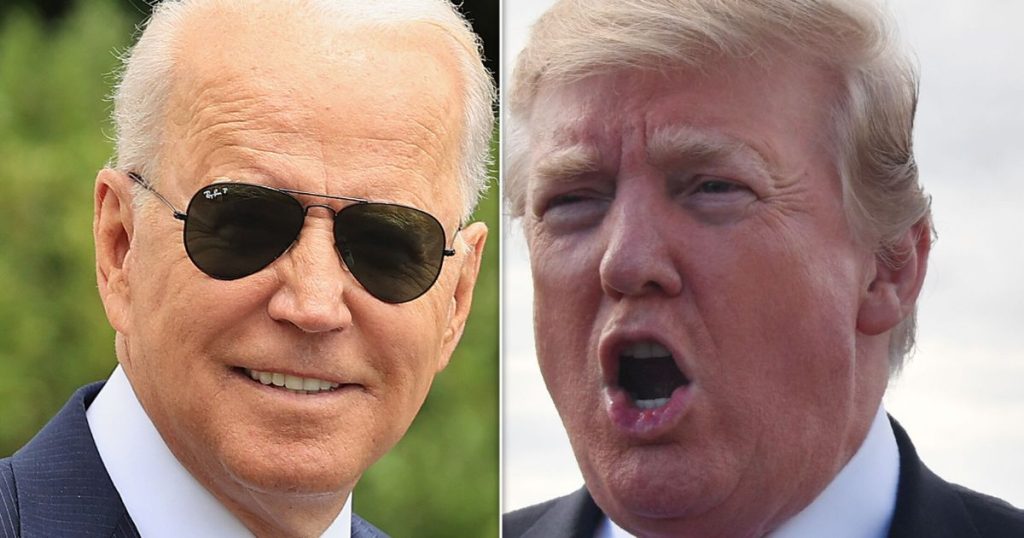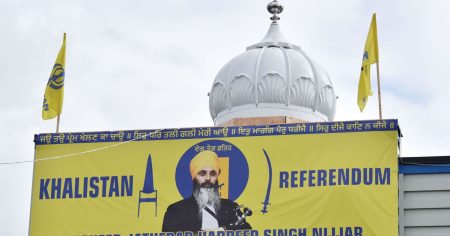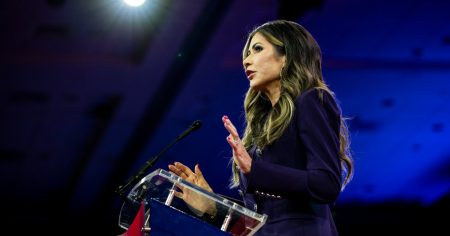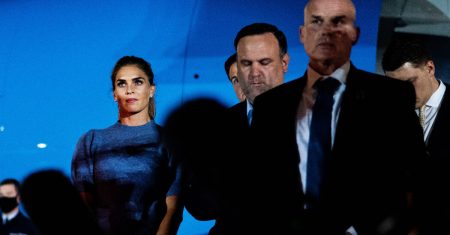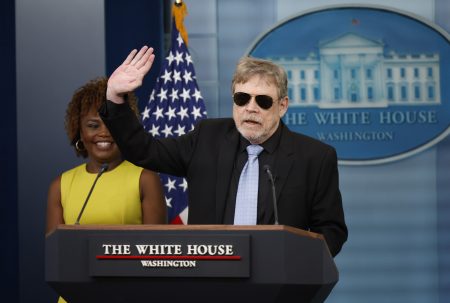During a recent event, the president openly criticized one of his predecessor’s personal trademarks, which was well received by the audience. The president’s decision to take aim at this particular aspect of his predecessor’s persona reflects an ongoing trend of criticizing past administrations and highlighting differences in leadership styles. It also serves as a way for the president to assert his own identity and draw distinctions between himself and his predecessors.
The audience’s positive reaction to the president’s comments suggests a shared sentiment among supporters that his predecessors were lacking in certain areas or had shortcomings that the current president aims to address. This type of rhetoric is common in political discourse, as leaders often draw on the perceived failures of past administrations to justify their own policy decisions and leadership style. By critiquing his predecessor’s trademark, the president is also signaling to his base that he is willing to challenge established norms and break from traditional ways of doing things.
The president’s decision to go after his predecessor’s personal trademark is not uncommon in politics, as leaders often seek to differentiate themselves from those who came before them. By criticizing a well-known aspect of his predecessor’s persona, the president is able to establish himself as a unique and independent figure, while also rallying support from his base. This type of rhetoric can be effective in garnering support and reinforcing the president’s narrative of change and progress.
Criticism of past administrations is a common tactic used by leaders to justify their own decisions and policies. By focusing on his predecessor’s personal trademark, the president is able to draw attention to what he sees as shortcomings in previous leadership and signal a new direction for his administration. This type of rhetoric is strategic in nature, as it allows the president to establish himself as a leader who is unafraid to challenge convention and break from established norms.
The audience’s reaction to the president’s comments indicates a strong level of support for his decision to critique his predecessor’s personal trademark. This type of rally-around-the-leader mentality is common in political events, as supporters often respond positively to displays of strength and assertiveness from their leaders. By openly challenging his predecessor’s trademark, the president is able to solidify his bond with his base and inspire confidence in his leadership abilities.
In conclusion, the president’s decision to criticize his predecessor’s personal trademark reflects a broader trend of challenging past administrations and highlighting differences in leadership style. The audience’s positive reaction to the president’s comments suggests a shared sentiment among supporters that his predecessors were lacking in certain areas. This type of rhetoric is common in political discourse, as leaders often draw on the perceived failures of past administrations to justify their own policy decisions and leadership style. By critiquing his predecessor’s trademark, the president is able to establish himself as a unique and independent figure, while also rallying support from his base.
